After three months of Ukrainian counter-offensive, Russian forces still hold their positions thanks to effective defense, having learned from previous mistakes.
The Ukrainian military claims to have had limited success in its efforts to cut off the land corridor to Russia’s Crimea peninsula. But observers say the influx of Western military hardware and months of NATO training have failed to deliver the resounding success the US and its allies had hoped for from the offensive.
While Ukraine was almost at a stalemate, Russia was still able to launch an attack on the northeastern city of Kupyansk, forcing the enemy to divide its forces to deal with it. The attack on Kupyansk is considered Russia's "active defense" tactic, using offense as defense to prevent Ukraine from being able to devote all its strength to the southern front, according to experts.
“This is an example of adaptation. They are using their experience in this war to stalemate the Ukrainian forces,” said Ian Matveev, a Russian military analyst.
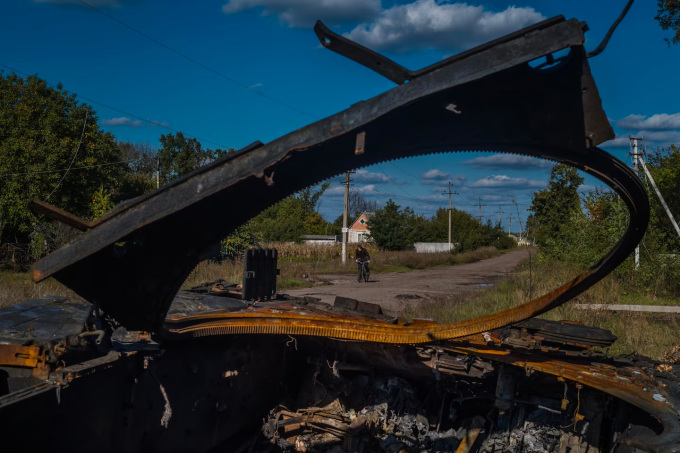
A damaged Russian tank in Kharkov, Ukraine in October 2022. Photo: Washington Post
The Russian army suffered heavy losses in the first months of the war, with some units almost completely wiped out, according to US assessments. But the Russian forces were able to recover and continue fighting.
The British Ministry of Defense estimated in the spring that after a year of fighting, Russia could deploy the same number of troops as it did in its first offensive in late February 2022: about 200,000 troops divided into 70 regiments and combat brigades in five military districts, defending a front line more than 960 km long.
More than half of them are concentrated in the northeastern region, far from Kiev's main counterattack, according to recent Ukrainian reports.
Before the conflict, Ukraine’s military numbered about 250,000. Both Russia and Ukraine have since ramped up recruitment as they have suffered heavy casualties on the battlefield. Estimates from U.S. and European officials earlier this year put the number of Ukrainian soldiers killed or wounded at about 120,000, while Russia’s figure was about 200,000.
According to traditional military doctrine, the attacking force would have to be three times larger than the defending force in order to win.
“In a situation where the defense is so well prepared, you need more than that three-to-one ratio. It could be six or 10-to-one,” said Mark Cancian, a retired Marine Corps officer and defense expert at the Center for Strategic and International Studies (CSIS) in Washington.
Russia did not throw all its military districts into the war at once. Russia's Western Military District, seen as the frontline against NATO, was mobilized at full strength at the beginning of the war and suffered heavy losses.
Units from the Western Military District, including the 1st Guards Tank Army and the 6th Combined Arms Army, are taking part in the Kupyansk offensive, according to Karolina Hird, a Russian military analyst at the Institute for the Study of War in Washington. The units that suffered losses appear to have been supplemented with conscripts.
“They are hardly what they were,” Hird said, adding that the 1st Guards Tank Army had withdrawn so rapidly last year that it had become “the largest donor of tanks to the Ukrainian army.”
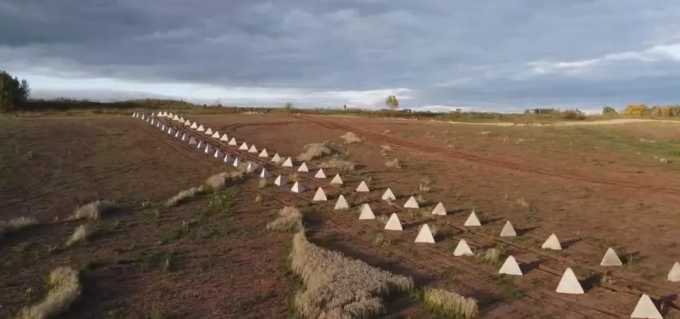
Russia's dragon's tooth defense line in Ukraine. Photo: Russian Ministry of Defense
However, Russia’s Southern Military District, which is responsible for defending the territory it controls in the Zaporizhzhia region, was previously held in reserve and could respond to the Ukrainian counterattack with experienced forces. Units in this district have spent months preparing for the effective defense they are carrying out, according to Hird.
Charles Bartles, a Russia analyst at the Foreign Military Studies Office, said the Southern Military District is a breeding ground for innovation and performs better than other military districts.
Russia has deployed mainly mechanized infantry brigades, each with about 8,000 soldiers and heavy weapons such as tanks and artillery, to defend the southern Ukrainian frontline. The forces combine inexperienced volunteer units with more experienced soldiers from the Russian navy and Spetsnaz special forces, giving them increased combat effectiveness, analysts say.
The 64th Motorized Rifle Brigade, part of the 35th Army of the Eastern Military District, was also present in the first line of defense near Orikhiv. The brigade was awarded a medal by Russian President Vladimir Putin last year for “heroism and courage.”
Russia uses special forces units to plug gaps and quickly reinforce weak spots, according to the open-source intelligence group Black Bird. Some of these troops were airlifted to the front lines early in Ukraine’s counteroffensive.
The 22nd Spetsnaz Brigade was one of the units deployed, despite US intelligence initially saying it had suffered 95% casualties. Observers were not sure how the unit was able to regroup and return to action so quickly, given that Spetsnaz soldiers typically spend years training.
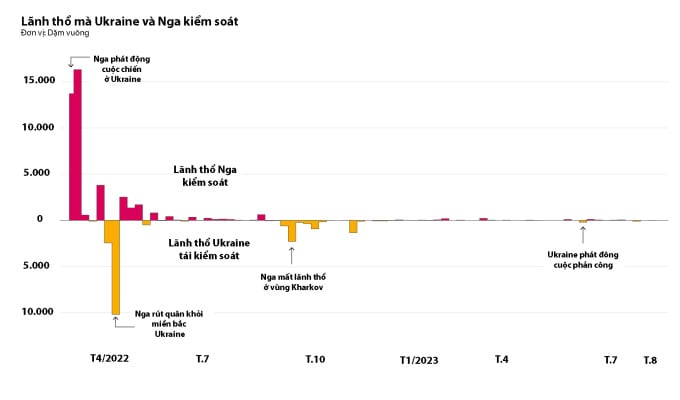
Territory controlled by Russia and Ukraine since the conflict broke out. Graphics: Washington Post
Last year, Russian forces still believed “they could continue to attack and seize more territory, even all of Ukraine,” according to Cancian. “But now they are just trying to defend the territory they already control.”
In Zaporizhzhia, where Ukraine has launched its main counteroffensive, Russian forces have not gained any territory in the past year. Instead, they have largely built up fortifications to form a multi-layered defense line.
This tactic shows that Russia is returning to its traditional military mindset of focusing on defense operations to deal with Ukraine's attack.
“Preparing this kind of defense line is something that Russian commanders have studied deeply since they were cadets,” said Dara Massicot, a Russian military analyst at the RAND Corp. in the US.
An April article in the Russian military elite magazine Military Thought appeared to acknowledge that Russian forces had suffered losses because of their focus on the offensive. While it did not mention Ukraine, the article outlined practical tactics for defending key areas against a “superior” opponent.
Russia’s multi-layered defenses were built with the goal of slowing and weakening Ukrainian forces. Even after breaking through the first layer, Ukraine would still face new Russian forces entrenched in the second or third layer.
The dense deployment of minefields is an important part of Russia's defense strategy. The Russian military uses the ISDM Zemledeliye minelaying system to quickly re-mine cleared areas to trap the enemy.
Russian artillery units were also considered key to the defense, as they could identify new targets and attack within minutes.
However, Russian forces still face many challenges.
“They are lacking in armour,” said James Rand, a military analyst at private intelligence firm Janes.
Open-source intelligence group Oryx says Russia has lost 2,296 tanks, more than half of those deployed since the start of the war.
Wagner's withdrawal from Ukraine after the victory at Bakhmut and the uprising in June cost Russia some 20,000 experienced fighters on the battlefield.
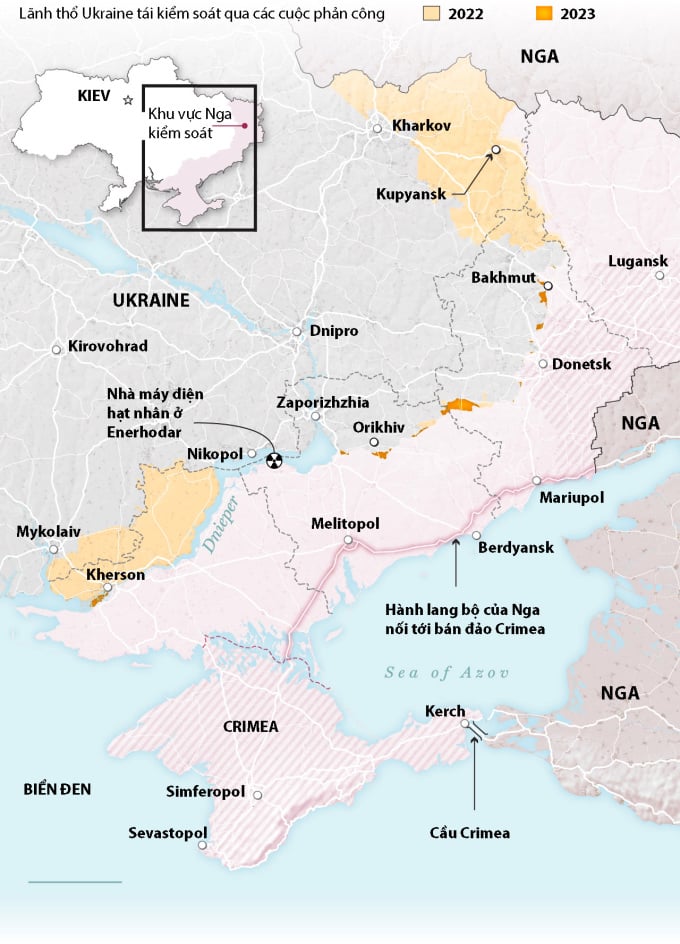
The situation on the battlefield in Ukraine. Graphics: Washington Post
However, Moscow may be waiting for Ukraine to lose its troops or for Western allies to lose support. Some Ukrainian officials even say Russia has not given up on its efforts to control more territory and that Kulyansk is just the beginning.
"We understand that the enemy has not given up hope of controlling the entire Kharkiv region," said Oleh Synyehubov, governor of the northeastern Ukrainian region.
Alexander Khodakovsky, commander of the self-proclaimed Donetsk People's Republic, wrote in a Telegram post last month that "you cannot win by defending".
Thanh Tam (According to Washington Post )
Source link



![[Photo] Politburo works with the Standing Committee of Cao Bang Provincial Party Committee and Hue City Party Committee](https://vphoto.vietnam.vn/thumb/1200x675/vietnam/resource/IMAGE/2025/8/28/fee8a847b1ff45188749eb0299c512b2)
![[Photo] General Secretary To Lam presents the 45-year Party membership badge to comrade Phan Dinh Trac](https://vphoto.vietnam.vn/thumb/1200x675/vietnam/resource/IMAGE/2025/8/28/e2f08c400e504e38ac694bc6142ac331)
![[Photo] General Secretary To Lam attends the opening ceremony of the National Achievements Exhibition](https://vphoto.vietnam.vn/thumb/1200x675/vietnam/resource/IMAGE/2025/8/28/d371751d37634474bb3d91c6f701be7f)
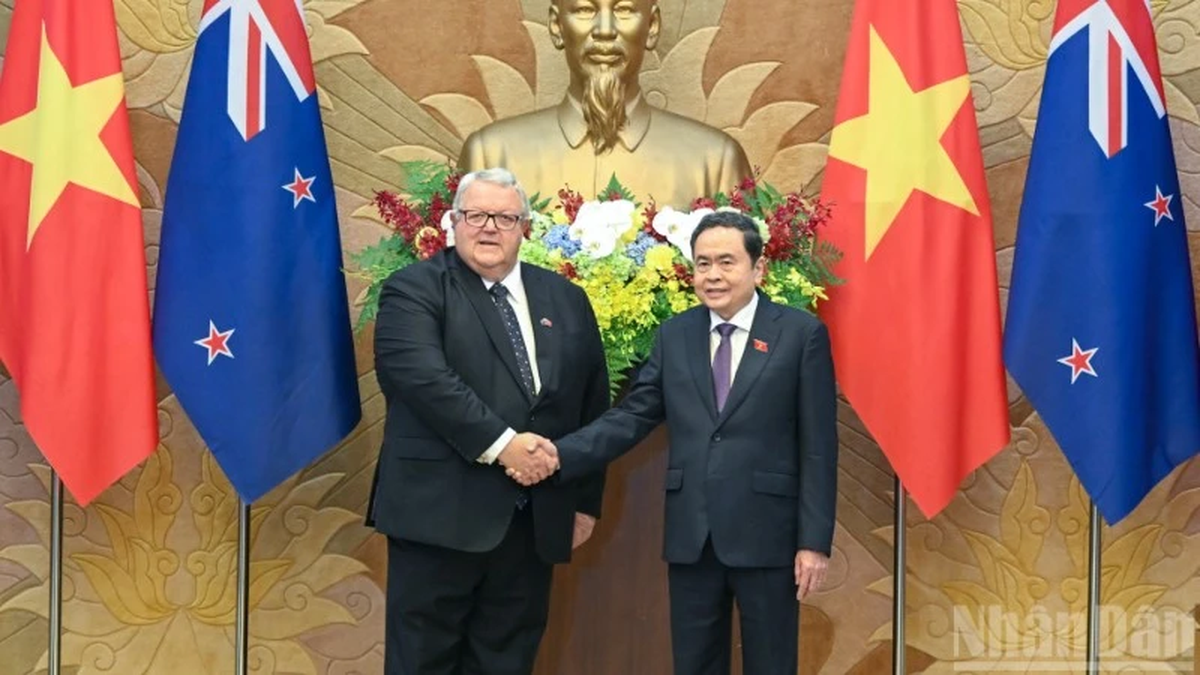
![[Photo] Red flag with yellow star flutters in France on National Day September 2](https://vphoto.vietnam.vn/thumb/1200x675/vietnam/resource/IMAGE/2025/8/28/f6fc12215220488bb859230b86b9cc12)
![[Photo] National Assembly Chairman Tran Thanh Man holds talks with New Zealand Parliament Chairman](https://vphoto.vietnam.vn/thumb/1200x675/vietnam/resource/IMAGE/2025/8/28/c90fcbe09a1d4a028b7623ae366b741d)




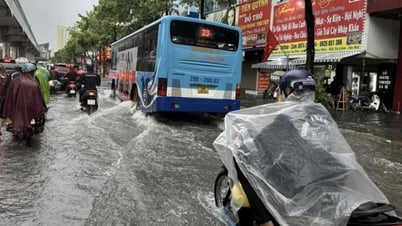






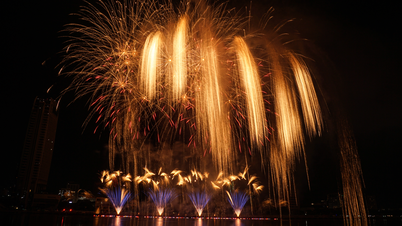

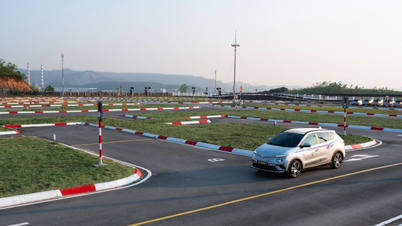

















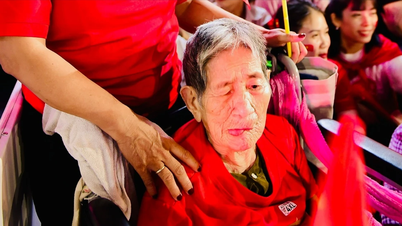





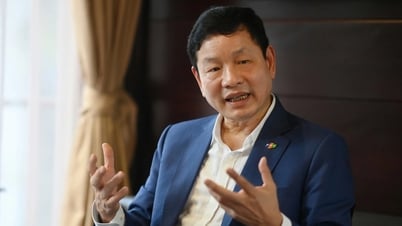













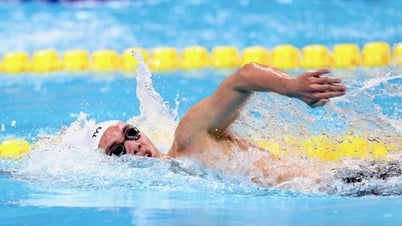
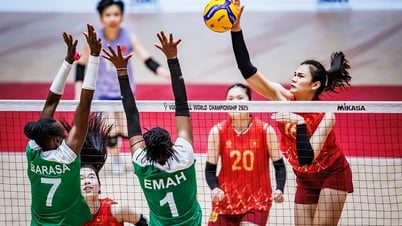


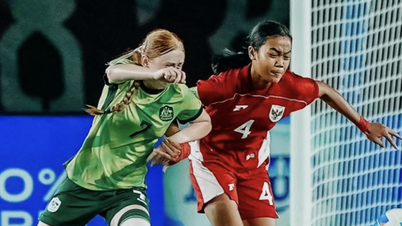




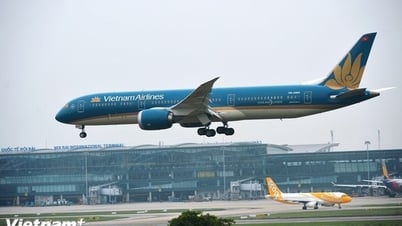
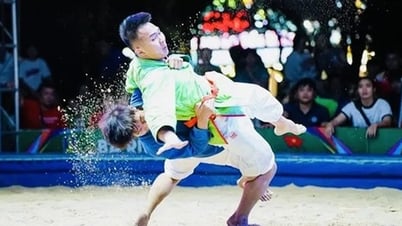
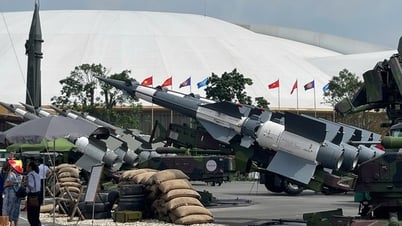



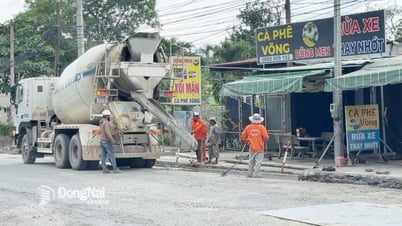









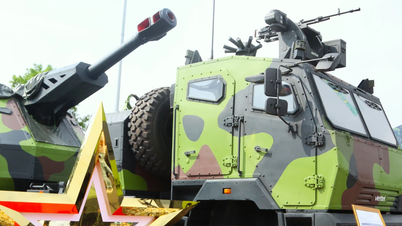











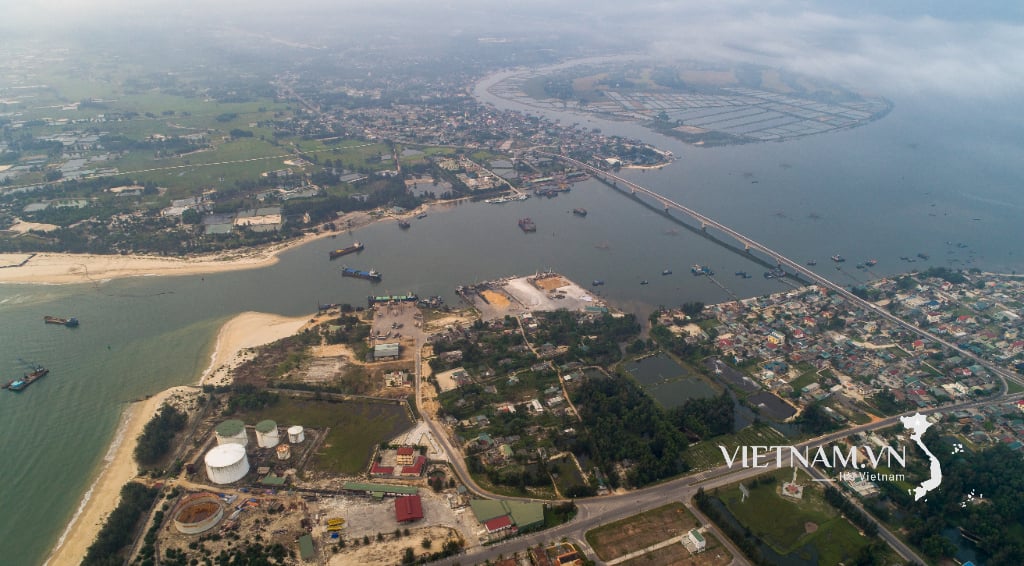

Comment (0)